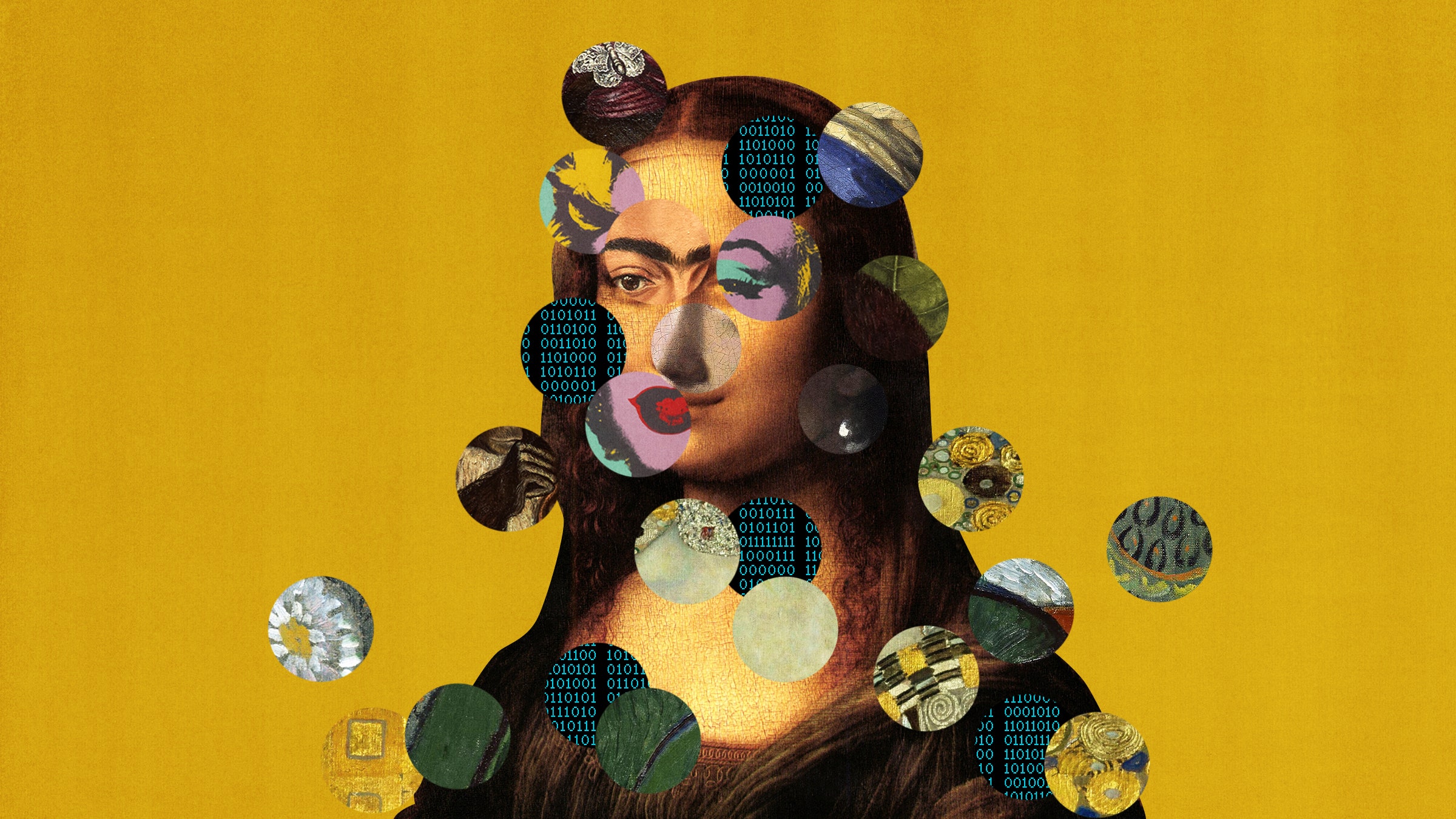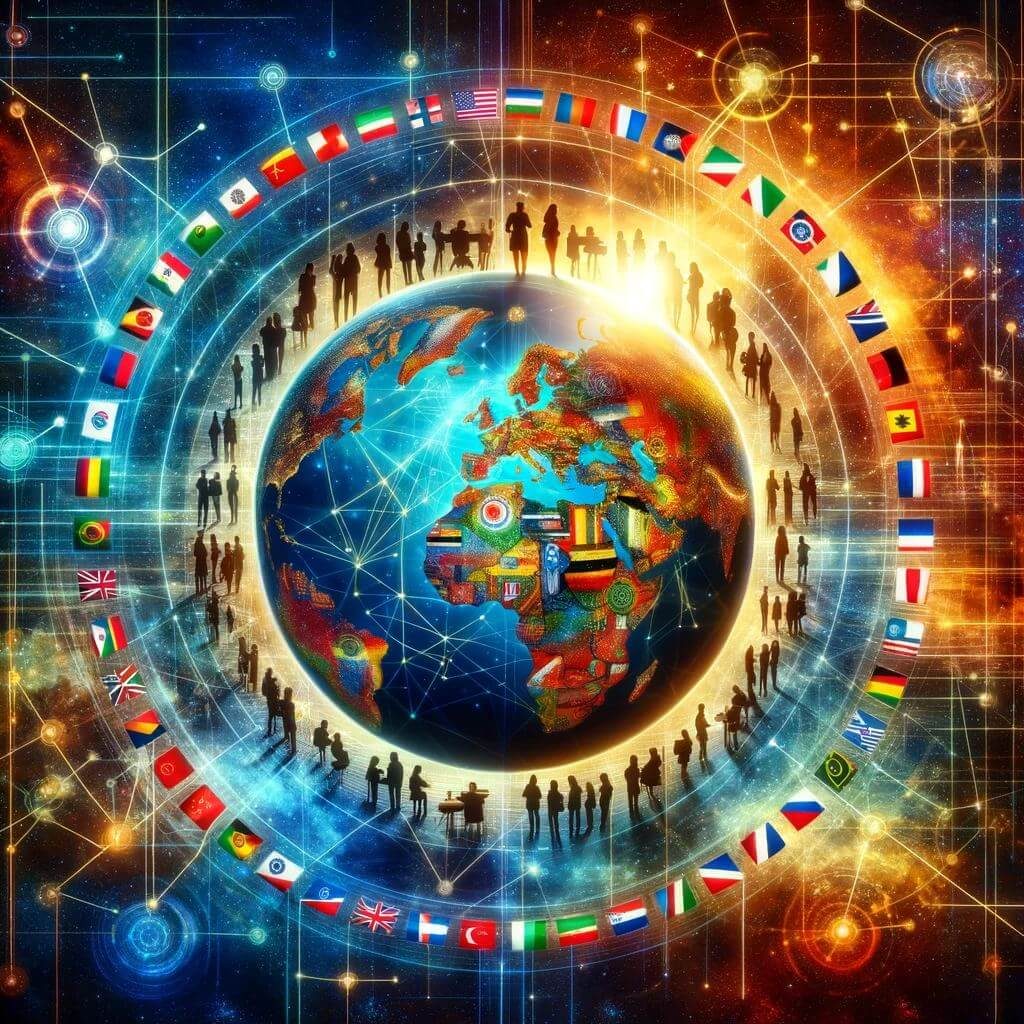In recent weeks, artificial intelligence (AI) has witnessed significant developments with profound implications for communicators and content creators. One of the most noteworthy occurrences is the legal battle over copyright involving major media organizations and AI companies.
New York Times sues OpenAI and Microsoft
While many enjoyed the holiday break, the New York Times took legal action against OpenAI and Microsoft, alleging the unauthorized use of millions of its articles in training large language models (LLMs), specifically AI chatbot systems. This lawsuit is one of the first major instances of an American media organization challenging AI companies over copyright issues related to its written content.
The New York Times asserts that its articles were used to train AI chatbots like ChatGPT, which it believes poses a competitive threat as a source of reliable information. The Times is a vocal advocate for reform and regulation in the rapidly evolving AI landscape.
This legal clash highlights the growing importance of copyright law in the AI domain and is referred to as “AI’s 2024 battlefield” by Axios. It connects the New York Times lawsuit and previous legal actions, such as comedian Sarah Silverman and other authors suing OpenAI for using their copyrighted work in AI learning models.
Copyright battles multiply
The New York Times lawsuit is not an isolated case. Reuters has also initiated legal action against Ross Intelligence, an information services company, alleging the illegal copying of thousands of notes from the publisher’s legal platform to train an AI-based search engine. While legal proceedings typically progress slowly, the outcomes of these cases could significantly affect the ability of enterprise-level AI chatbots to utilize copyrighted materials effectively.
In light of these ongoing legal battles, organizations should approach their AI technology investments cautiously, possibly opting for monthly subscriptions due to the potential impact of future copyright rulings on AI tool functionality.
AI tools and their diverse applications
2024 marks a pivotal year for copyright, with the earliest version of Mickey Mouse entering the public domain on January 1. This development opens new possibilities for AI, as at least one model has already been trained on images from the iconic 1928 Disney short film “Steamboat Willie.” This allows users to incorporate Mickey Mouse legally into AI content, albeit with certain restrictions.
As more iconic content passes into the public domain, it presents both challenges for brand management and creative opportunities for content creators. Navigating this evolving legal landscape requires vigilance and adherence to copyright regulations.
AI’s role in climate change mitigation
AI’s significance extends beyond content creation. NPR reports that AI is crucial in addressing climate change challenges. It helps scientists identify methane emissions, detect and prevent forest fires, and even locate new sites for mining minerals used in green-climate technologies like solar panels. This underscores the diverse applications of AI beyond generative content creation.
Communicators are encouraged to explore how their organizations utilize AI in various departments, potentially uncovering compelling stories or innovative ways to integrate AI into their workflows.
Accessibility of generative AI
Generative AI will become more accessible in 2024 with Copilot, an AI tool integrated directly into the Microsoft Office suite, now available on iPhone and iPad. This development allows users to employ voice or text commands to interact with Copilot, which can assist in drafting emails, summarizing text, and creating visuals using technologies like DALL-E 3. This integration highlights the increasing ubiquity of AI in daily life, akin to search engines.
AI is not only reshaping how we work but also how we get hired. Wired’s Q&A with Hilke Schellmann, an NYU journalism professor and author of “The Algorithm,” delves into how AI is utilized in hiring. While AI streamlines recruitment, it also poses challenges related to bias perpetuation. Algorithms may unintentionally reinforce past human biases, as demonstrated by résumé screeners favoring words like “baseball” over “softball.”
Moreover, companies may lack transparency regarding their AI algorithms, making it challenging to defend against accusations of bias in court. However, AI can also empower job seekers, enabling them to use generative AI to enhance their resumes, cover letters, and interview preparation.
New job opportunities in the AI field
AI’s transformative influence extends to job opportunities. Business Insider details various career paths individuals pursue in AI, from LLM creators and coders to AI consultants and social media influencers specializing in AI content. Even for those not seeking a career solely in AI, proficiency in using AI tools can be professionally advantageous, potentially leading to promotions.
Copyright disputes, diverse AI applications, increased accessibility, and profound impacts on employment mark the evolving landscape of AI in 2024. Communicators must stay informed about these developments and explore opportunities to harness AI’s potential within their organizations. As AI continues to shape our world, responsible and ethical use of this technology remains paramount.





